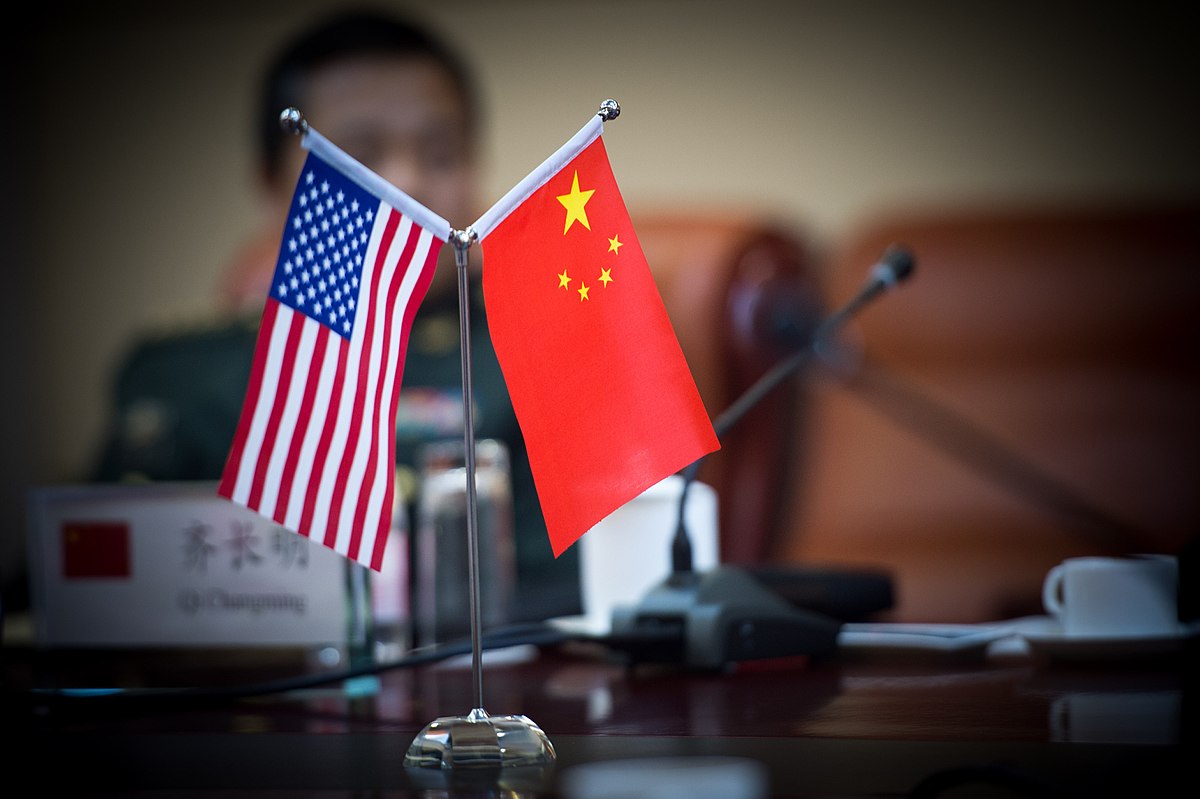US and China: The Space Superiority Battle
The Battle for Space Supremacy: United States vs China
The United States and China, two of the world’s largest superpowers, are locked in a battle to achieve supremacy in the final frontier — space.
Since the collapse of the USSR, China has emerged as a formidable challenger to the U.S. for its position as the dominant force in the international community. Beijing’s steady growth into a global power is evident in its pursuit of technological advancements, economic prowess, weaponry, and space exploration.
U.S. Remains Superior
While China is making strides in space, the U.S. still maintains a significant lead in terms of accomplishments and international collaborations.
In 2021, the U.S. federal government increased its space spending by 19% compared to the previous year, allocating a budget of approximately $59.8 billion. In contrast, China’s space budget for 2021 was $16.8 billion.
The U.S. currently operates 3,433 satellites, accounting for 63% of all satellites orbiting Earth. It also has seven launch sites at home and abroad. China, on the other hand, has 541 satellites and four launch sites. However, both countries have plans for further development in this area.
Between 1969 and 1972, the U.S. sent six crewed missions to the moon, including the use of a lunar rover. China is currently developing its own lunar rover in the private sector.
In 2019, the United States Space Force was established as a new branch of the Armed Forces, with approximately 16,000 military and civilian personnel assigned to it.
China Gaining Traction
Although China lags behind the U.S. in terms of hardware, it is gradually gaining momentum in active space missions.
In 2003, China became the third country to send a person into space, following the USSR and the U.S. In 2019, it made history by landing on the far side of the Moon and sending a rover to Mars.
In 2021, China completed 55 orbital launches, with 84% of them dedicated to military or government payloads. In comparison, the U.S. completed 51 orbital launches, with 61% focused on nonmilitary purposes.
China’s space program aims to launch astronauts to the Moon by 2030 and establish a new space station with international partners. While the U.S. also has plans to put astronauts on the Moon by 2025, both countries envision establishing a base for intermittent crews on the Moon’s south pole.
There are ongoing debates about establishing permanent bases on the Moon, with U.S. law currently restricting collaborations between China and America’s space programs.
Competing Space Stations
The International Space Station (ISS), led by the U.S. and 14 other nations, has been a symbol of space exploration since the 1990s. However, China is not a member of the ISS.
China launched its own space station, Tiangong, in 2022 after being excluded from the ISS due to concerns over its space programs and ties to the PLA. While other countries have been invited to join China’s space station, no nation has accepted the offer so far.
The ISS has been approved for extension until 2030, but Russia plans to withdraw after 2024 to focus on building its own space station. Beyond 2030, NASA may consider retiring the ISS and constructing a new station.
China’s Tiangong space station continues to expand, with plans for a fourth module to enhance experiments and living conditions.
As the United States and China continue their race for space supremacy, the future of space exploration and international collaborations remains uncertain.
Source: The Washington Examiner
" Conservative News Daily does not always share or support the views and opinions expressed here; they are just those of the writer."




